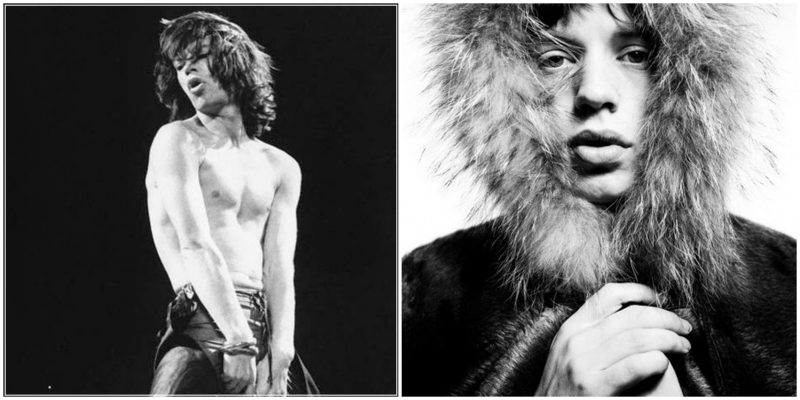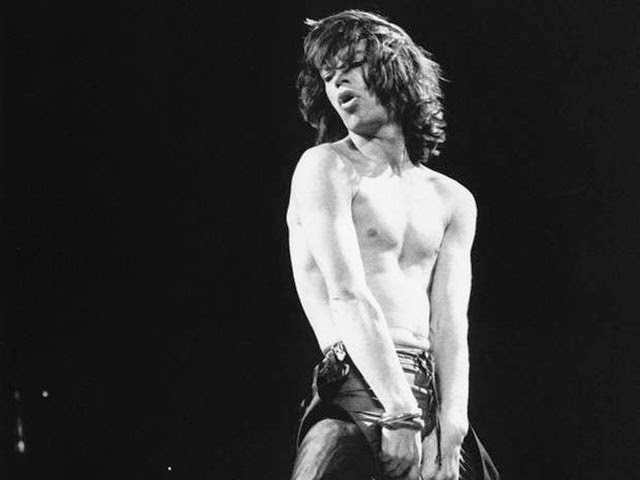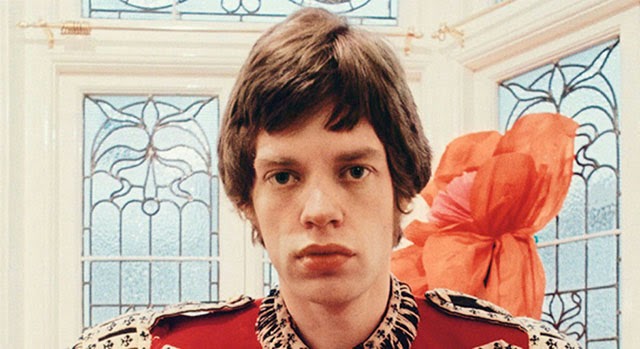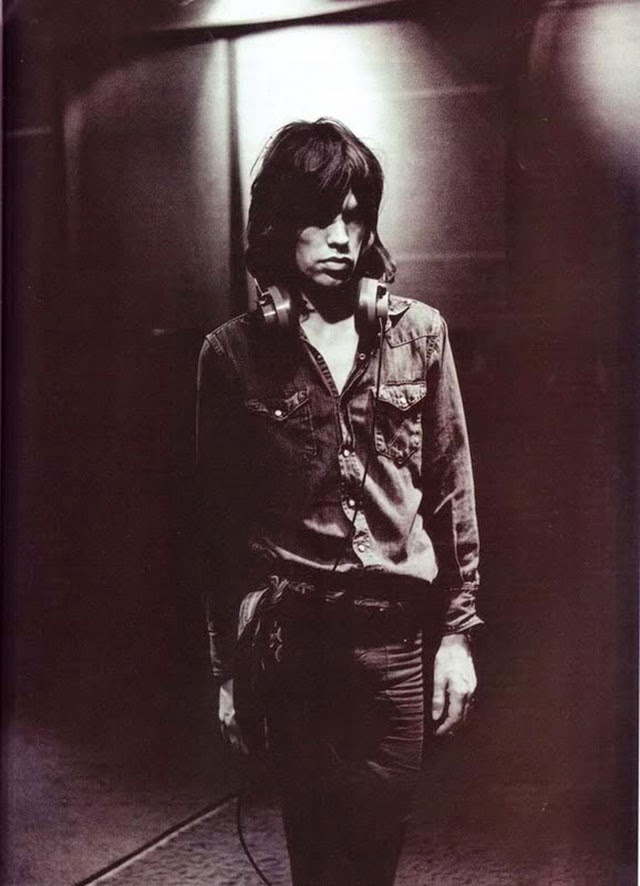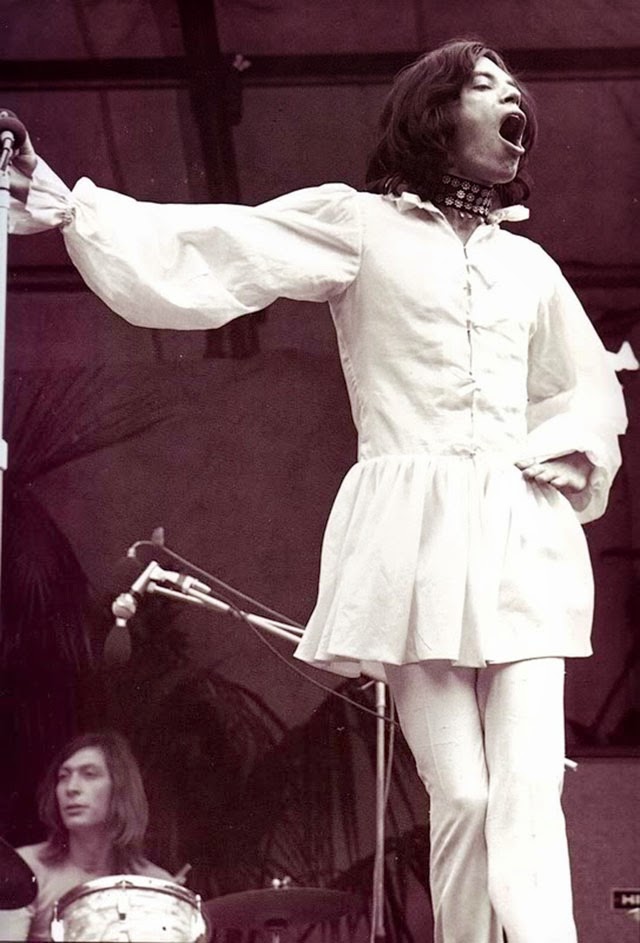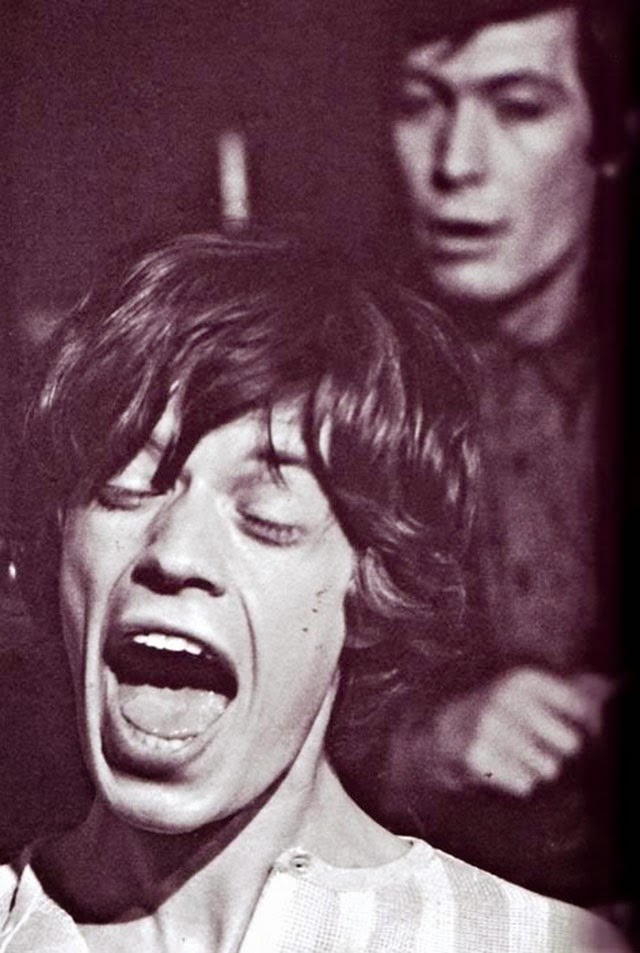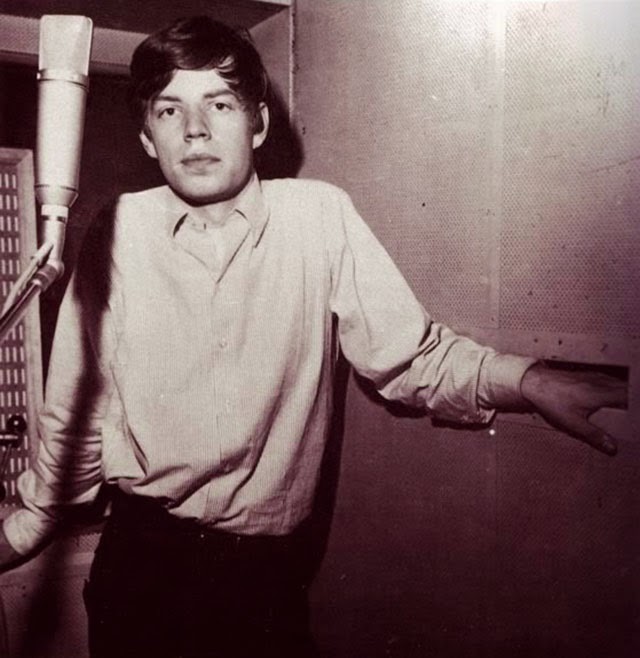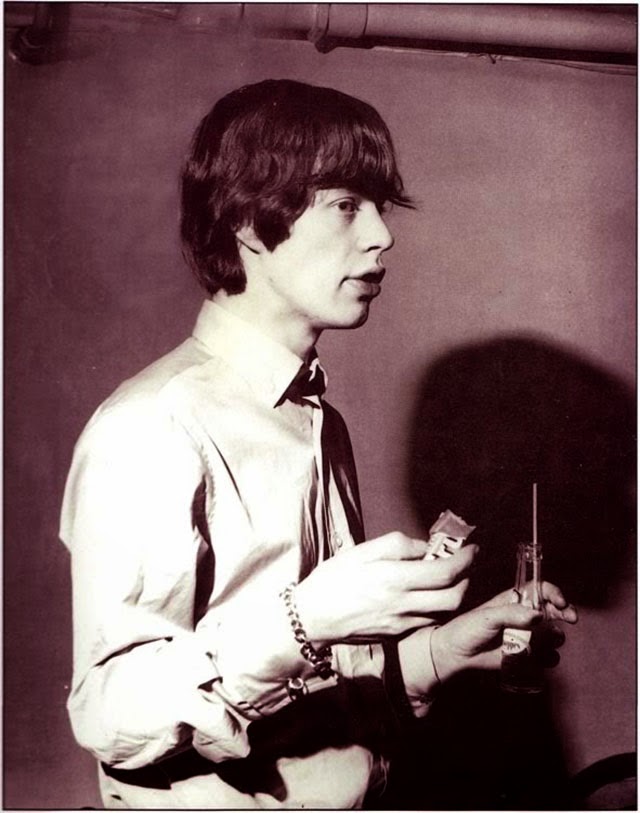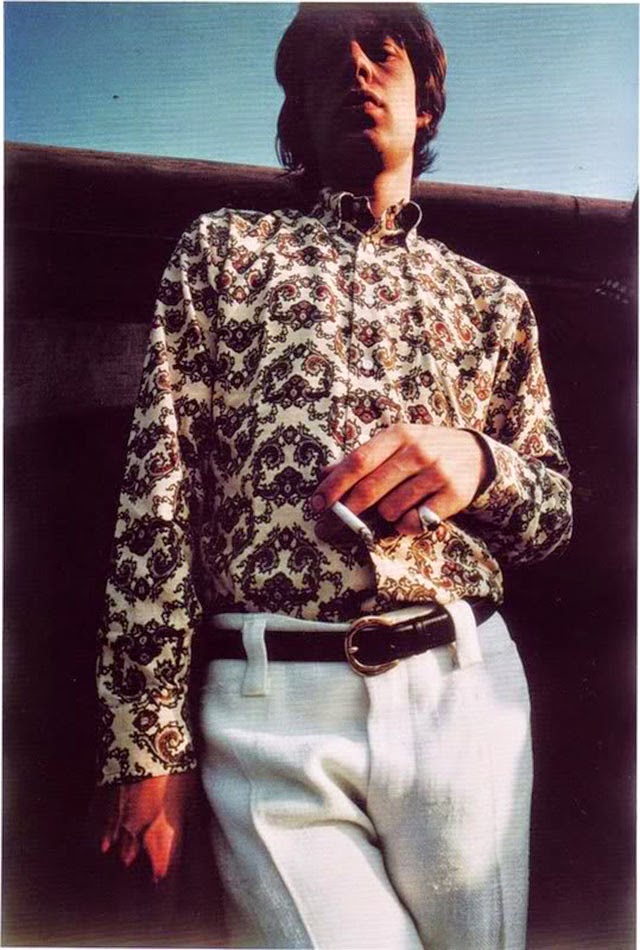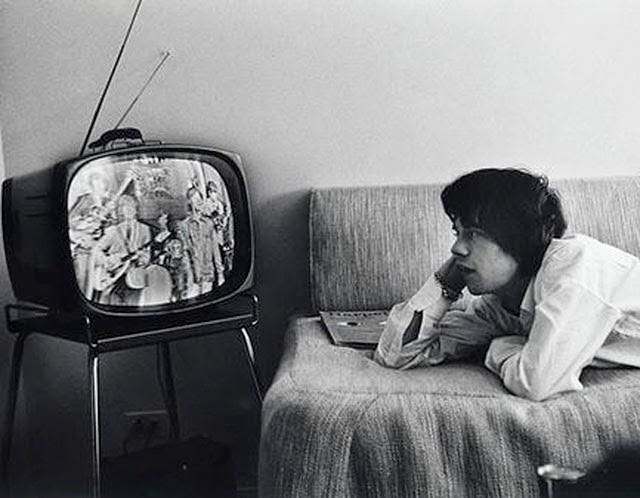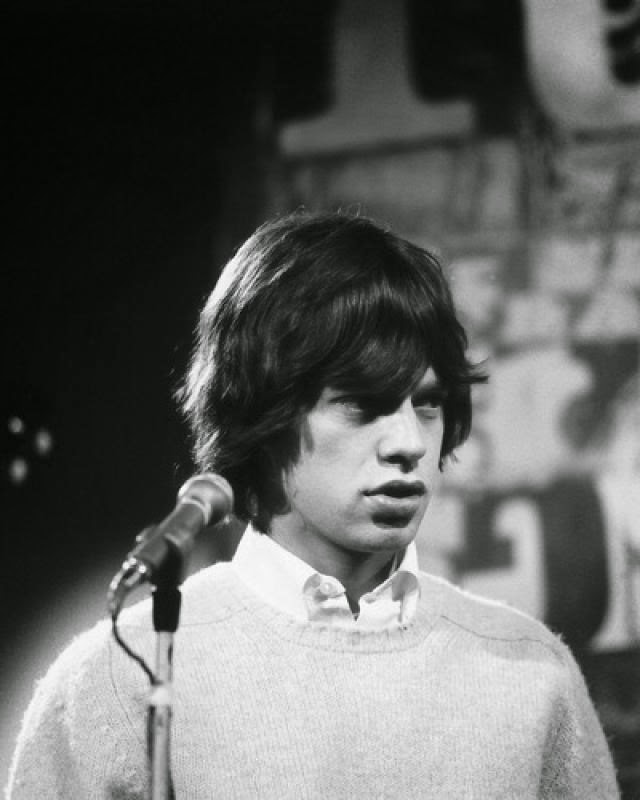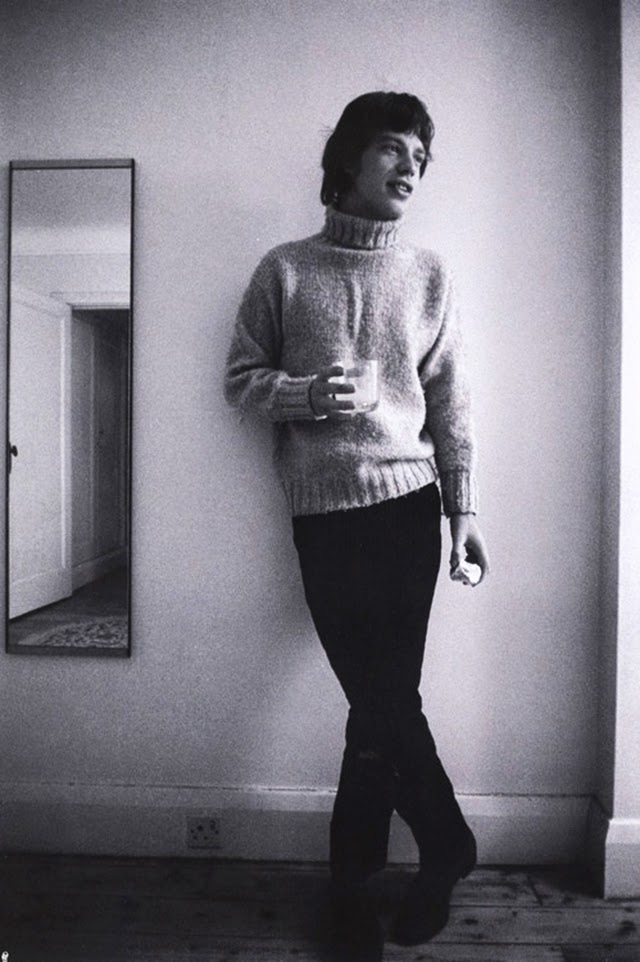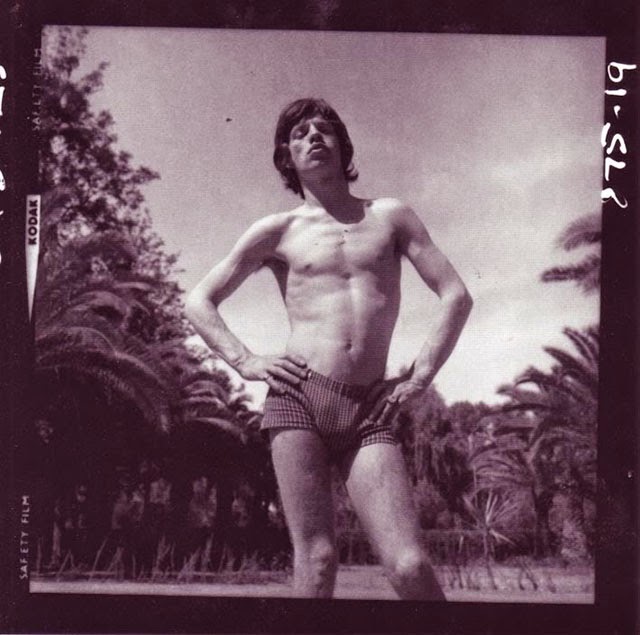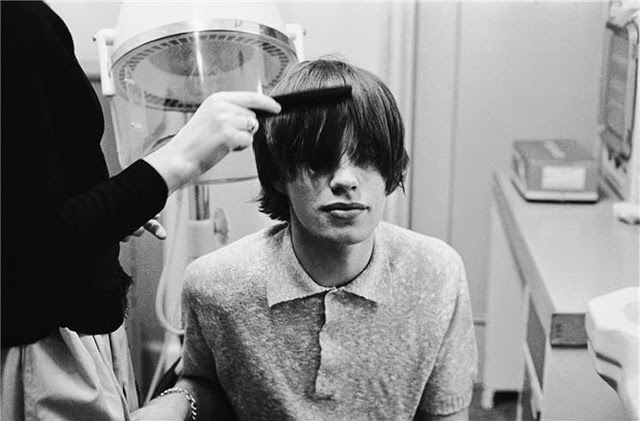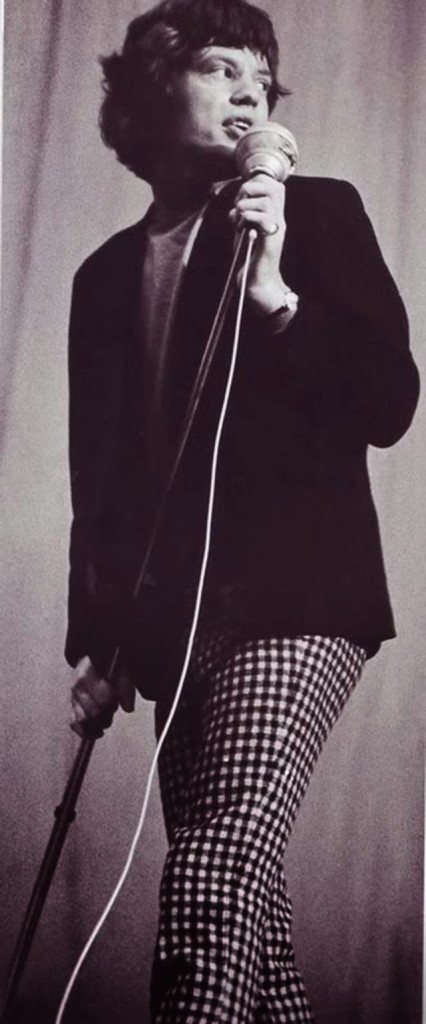Jagger’s career has spanned over 50 years, and he has been described as “one of the most popular and influential frontmen in the history of rock & roll”.His distinctive voice and performance, along with Keith Richards’ guitar style, have been the trademark of the Rolling Stones throughout the career of the band. Jagger gained press notoriety for his admitted drug use and romantic involvements, and was often portrayed as a countercultural figure. In the late
In the late 1960s Jagger began acting in films (starting with Performance and Ned Kelly), to mixed reception.
Jagger left school in 1961 after obtaining seven O-levels and three A-levels. Jagger and Richards moved into a flat in Edith Grove in Chelsea, London with a guitarist they had encountered named Brian Jones. While Richards and Jones planned to start their own rhythm and blues group, Jagger continued studying business courses at the London School of Economics, and had seriously considered becoming either a journalist or a politician, comparing the latter to a pop star
In their earliest days the members played for no money in the interval of Alexis Korner’s gigs at a basement club opposite Ealing Broadway tube station (subsequently called “Ferry’s” club). At the time, the group had very little equipment and needed to borrow Alexis’ gear to play. This was before Andrew Loog Oldham became their manager. The group’s first appearance under the name the Rollin’ Stones (after one of their favourite Muddy Waterstunes) was at the Marquee Club in London, a jazz club, on 12 July 1962. They would later change their name to “the Rolling Stones” as it seemed more formal. Victor Bockris states that the band members included Mick Jagger, Keith Richards, Brian Jones, Ian Stewart on piano, Dick Taylor on bass and Tony Chapman on drums. However, Richards states in Life that “The drummer that night was Mick Avory–not Tony Chapman, as history has mysteriously handed it down…”
Avory himself has categorically denied “on many occasions”that he played with the Rollin’ Stones that night. In fact he only rehearsed twice with them in the Bricklayers Arms pub, before they became known as the Rollin’ Stones. Some time later the band went on their first tour in the United Kingdom; this was known as the “training ground” tour, because it was a new experience for all of them.The line-up did not at that time include drummer Charlie Watts or bassist Bill Wyman. By 1963 they were finding their musical stride as well as popularity. By 1964 two unscientific opinion polls rated them as Britain’s most popular group, outranking even The Beatles.
By autumn 1963 Jagger had left the London School of Economics in favour of his promising musical career with the Rolling Stones. The group continued to mine the works of American rhythm and blues artists such as Chuck Berry and Bo Diddley, but with the strong encouragement of Andrew Loog Oldham, Jagger and Richards soon began to write their own songs. This core songwriting partnership would flourish in time; one of their early compositions, “As Tears Go By”, was a song written for Marianne Faithfull, a young singer Loog Oldham was promoting at the time. For the Rolling Stones, the duo would write “The Last Time”, the group’s third No. 1 single in the UK (their first two UK No. 1 hits had been cover versions) based on This May Be the Last Time, a traditional Negro spiritual song recorded by the Staple Singers in 1955. Another fruit of this collaboration was their first international hit, “(I Can’t Get No) Satisfaction”. It also established the Rolling Stones’ image as defiant troublemakers in contrast to the Beatles’ “lovable moptop” image.
